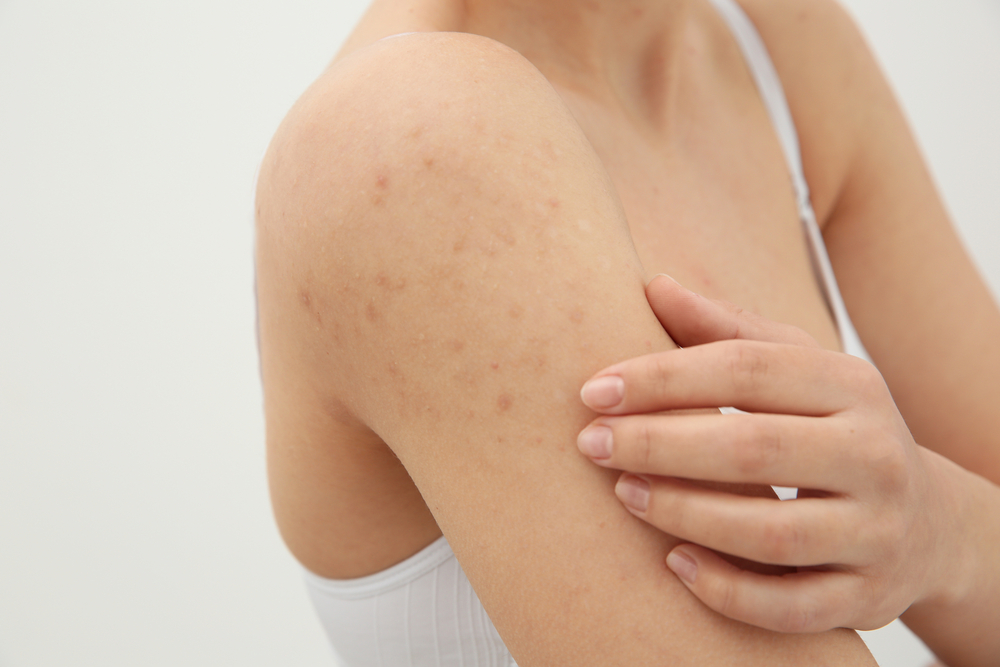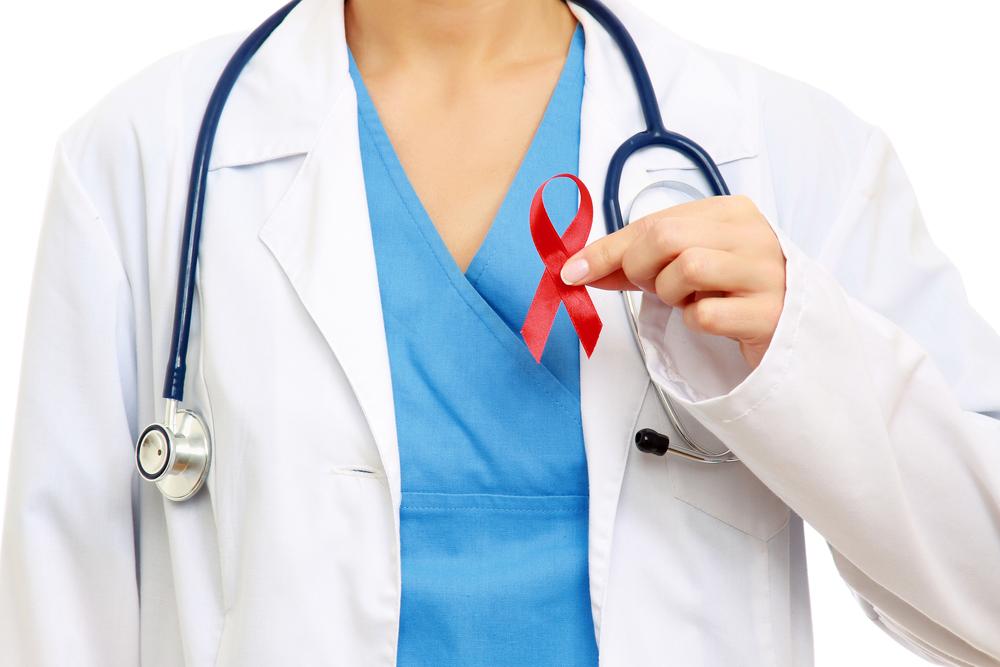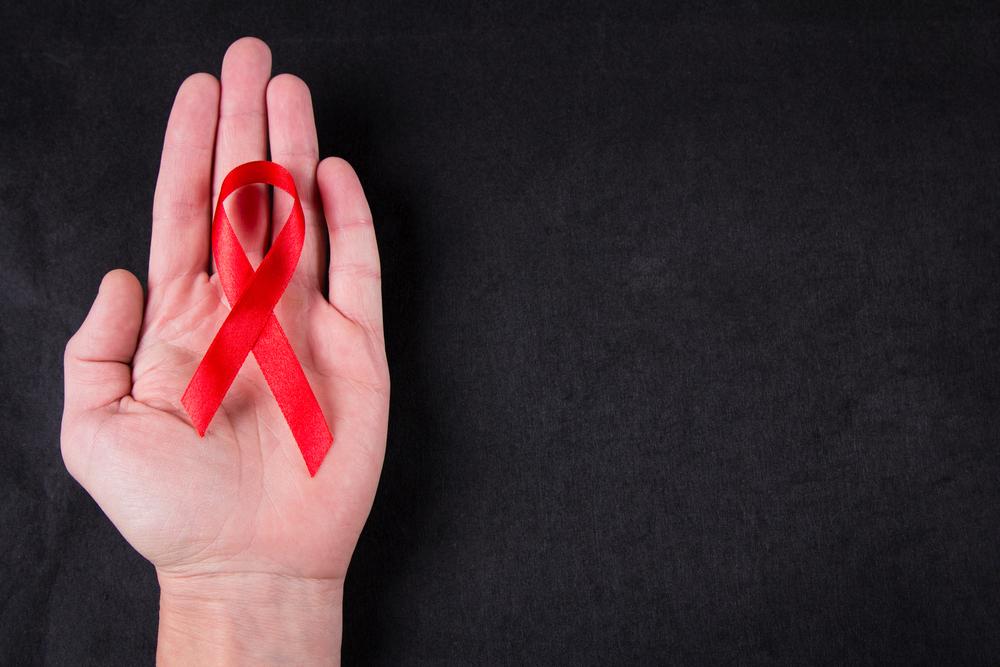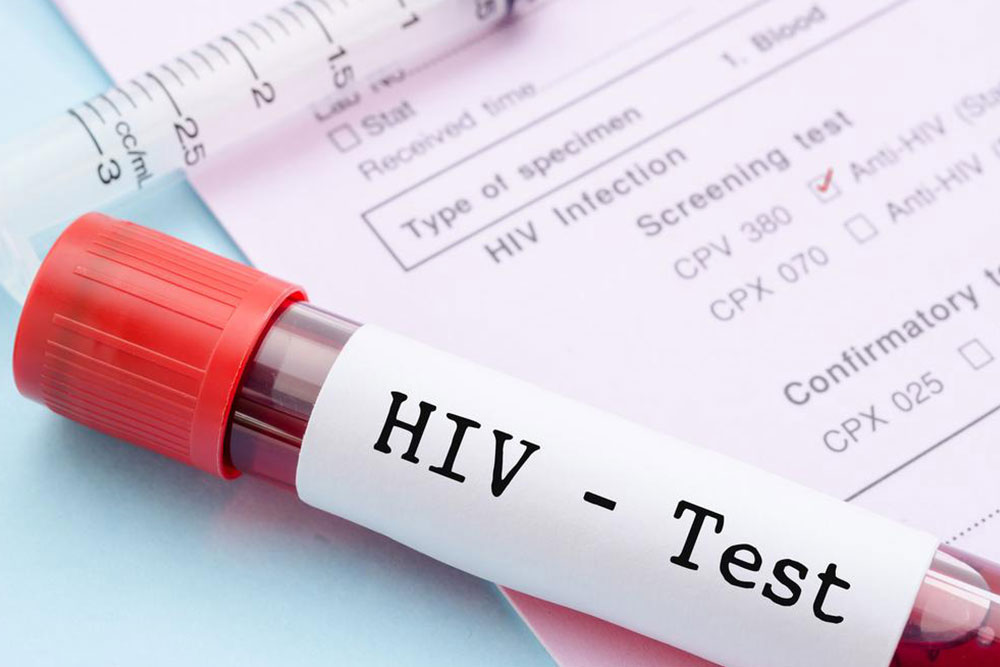Comprehensive Guide to HIV-Related Skin Rashes
This comprehensive guide explores HIV-related skin rashes, including symptoms, causes, and complications like cellulitis and herpes. It highlights early signs, triggers, and how to identify these rashes for better management and awareness. Understanding these skin manifestations can assist individuals in seeking timely medical advice and treatment, improving health outcomes for those living with HIV.

Comprehensive Guide to HIV-Related Skin Rashes
Understanding HIV-Induced Skin Rashes
Human Immunodeficiency Virus (HIV) progressively damages the immune system, increasing the risk of cancers and severe infections. While manageable with medications, there is no definitive cure. This article provides essential insights into skin rashes caused by HIV infection.
What Is an HIV-Related Rash?
Skin sores and rashes are among the most visible early symptoms of HIV infection.
These manifestations typically appear within the first two months after infection.
Common sites for HIV rashes include the hands, legs, face, and chest.
These rashes usually show as red, flat patches with tiny bumps. Viewing HIV rash images online can help identify whether a rash is related to HIV or other causes.
They often cause persistent itching and discomfort.
Causes of HIV Skin Rashes
Rashes may result from the HIV infection itself or as side effects or allergic reactions to HIV treatments, especially antiretroviral drugs.
Determining the exact cause can sometimes be challenging in HIV-positive individuals.
Factors That May Worsen the Rash
Allergic reactions, infections, or illnesses might aggravate skin rashes.
Certain medications can worsen the condition.
Exposure to direct sunlight can increase rash severity.
Changes in diet or skincare routines may impact skin health.
Frequent toiletry changes or exposure to extreme temperatures and hot showers can aggravate symptoms.
Seroconversion Rash Explained
Within weeks of HIV infection, the body produces HIV antibodies, often accompanied by a rash known as seroconversion rash.
This rash appears as flat red patches on the chest or back and does not usually itch.
Understanding Cellulitis
Cellulitis is an acute skin infection affecting the deep skin layers, characterized by swelling, severe pain, and high fever.
It typically originates from a minor skin cut but can develop without an apparent wound.
The infected area becomes hot, inflamed, with possible red streaks extending from it.
Herpes Skin Rash
Immunocompromised individuals, like those with HIV, often experience more severe herpes infections.
Herpes presents as painful, crusted blisters on the skin, potentially affecting the mouth or genital areas.
Shingles (herpes zoster) may appear on one side or both sides of the body in HIV-positive patients.
What Is Ringworm?
Ringworm, a common fungal infection, frequently causes skin rashes and is easily contracted by HIV-positive individuals.









